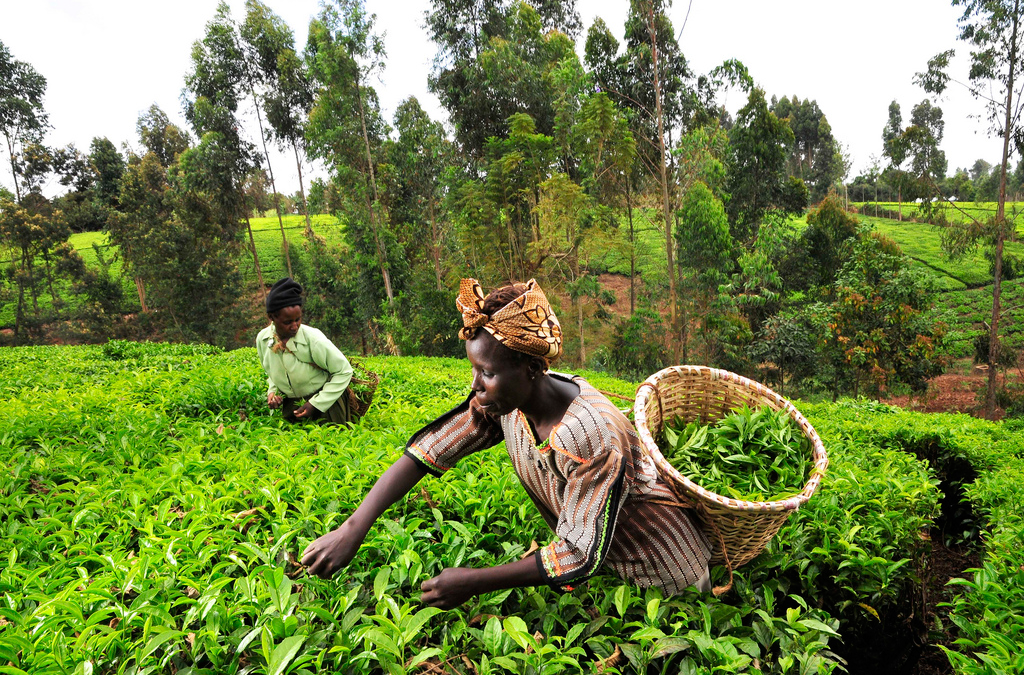As global population increases to an estimated nine billion by 2050, agricultural production needs to increase, by around 50 percent.
With business-as-usual, that would represent a massive increase in global greenhouse-gas emissions, as agriculture and forestry today account for up to 30% of global greenhouse-gas emissions.
With farmers already suffering droughts, flooding, and heat waves that decimate their livelihoods and increase food insecurity — something’s gotta give.
The key to climate-smart agriculture turns out to be financing for the world’s half-billion smallholder farmers (see, “Smallholder Farmers are Investable”). In developing countries, agriculture is the largest source of income and jobs.
New business models and finance mechanisms could usher in an era of climate-smart agriculture, according to “Creating Markets for Climate Business,” a new report from International Finance Corp. Countries are experimenting with blended finance, innovative risk management tools, first loss and partial risk guarantees, new investment vehicles that meet the risk-return profile of different investors, and bonds, to enable financiers in developing countries to partner with climate-finance investors.
The Climate Finance Lab is piloting theLong-Term Foreign Exchange Risk Managementinstrument to address currency and interest rate risk for climate-smart projects in developing countries.
Vietnam, Latin America, and several sub-Saharan African countries have led with agriculture to successfully grow their economies. Tech can help. Precision agriculture and improved animal nutrition and breeding can reduce methane production.
Reducing food waste, including through improvements in logistics and transport has the potential to save more than four metric gigatons of equivalent carbon dioxide annually.
Cold storage is big business: the global cold chain market is projected to reach $271 billion by 2022, with an annual growth rate of 7%.
Advances in cold storage technology are helping to phase out hydrofluorocarbons which are — you guessed it — major greenhouse gases.











